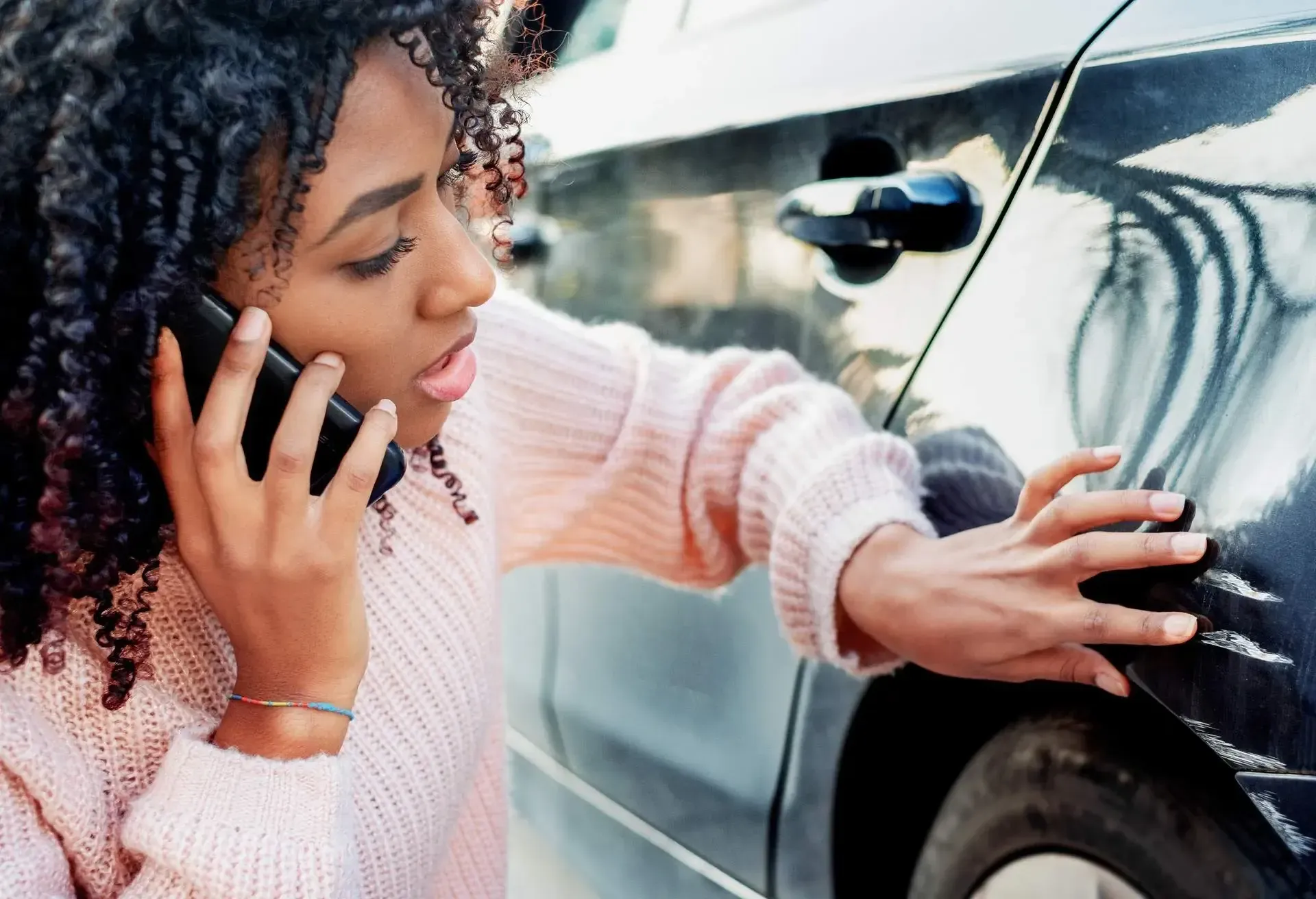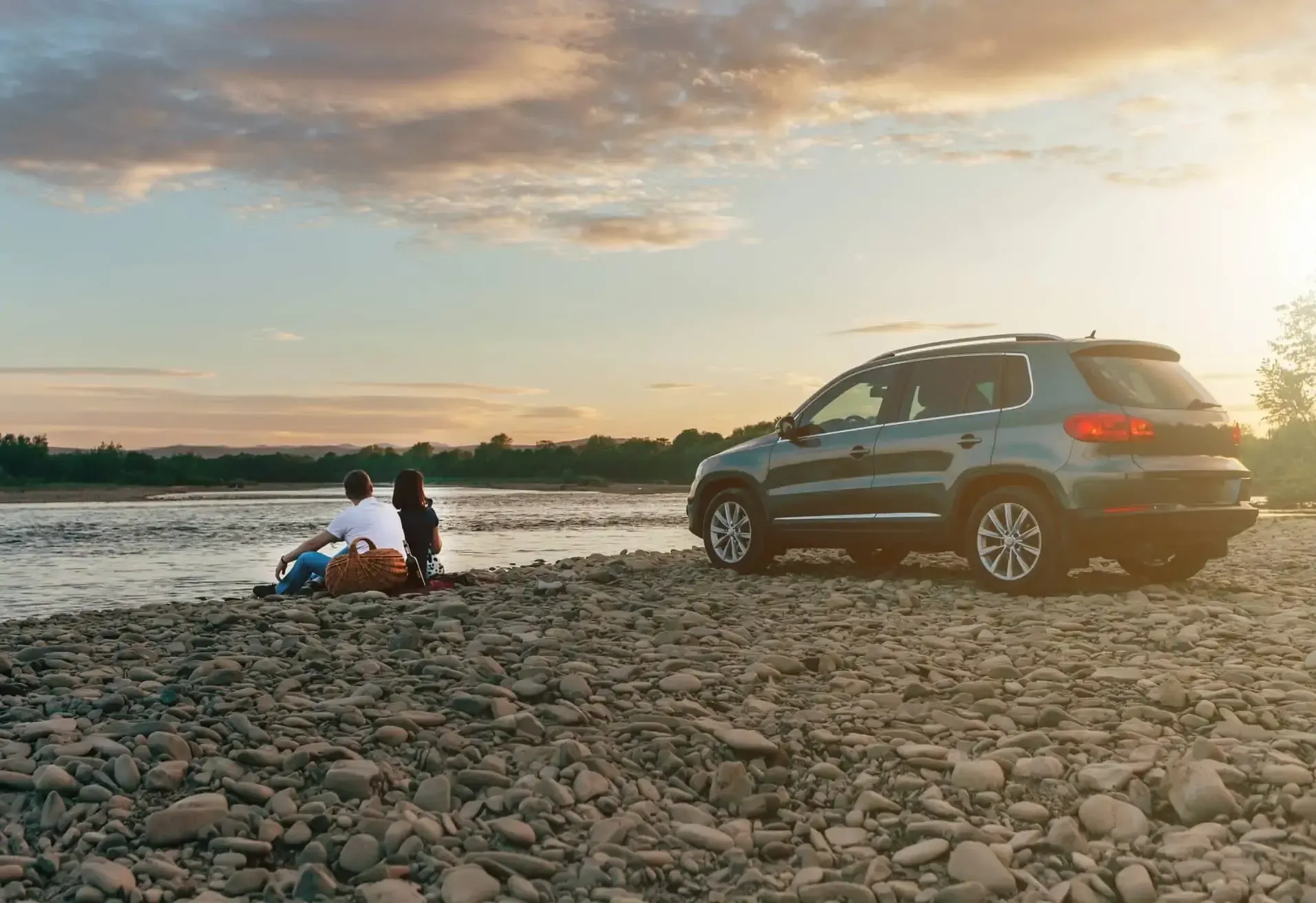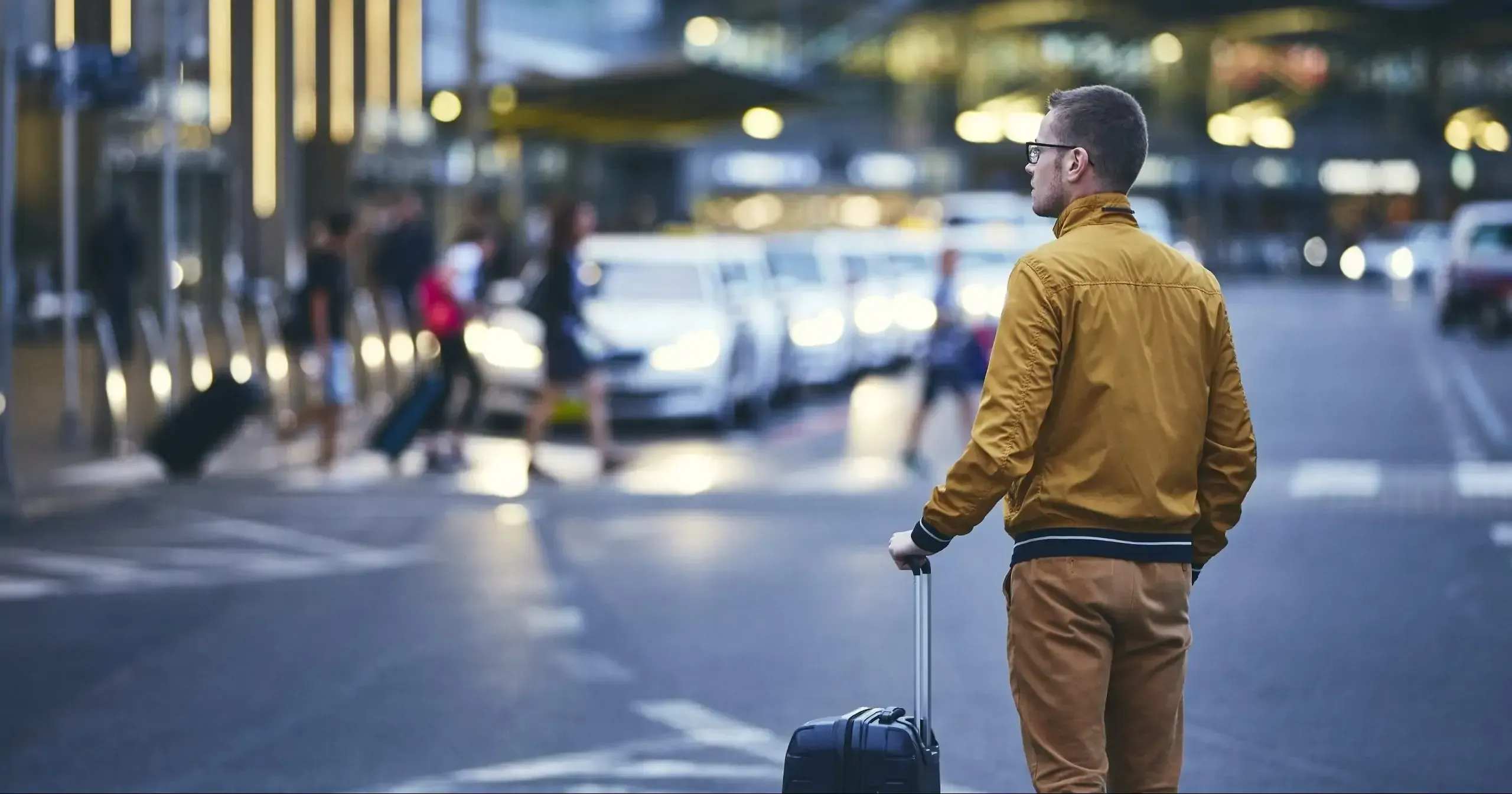

Getting into a rental car accident or causing damages can be stressful, but knowing the right steps to take can ease the situation. First, ''ensure safety'': check for injuries and move to a safe location if possible. Next, ''contact authorities'' to report the accident, as a police report may be necessary for insurance claims.
| Step | Action |
|---|---|
| 1 | Check for injuries and ensure everyone's safety. |
| 2 | Call the police to report the incident. |
| 3 | Document the accident scene with photos and notes. |
| 4 | Exchange information with other parties involved. |
| 5 | Notify the rental car company about the incident. |
| 6 | Contact your insurance provider to report the accident. |
Additionally, review your rental agreement to understand your ''liability'' and ''insurance coverage''. If damages occurred, the rental company may charge you for repairs, so it’s essential to be prepared.
By following these steps, you can navigate the aftermath of a rental car accident more effectively. Remember to stay calm and seek help if needed.
Getting into a rental car accident can be a stressful experience, whether you are at fault or not. Knowing the proper steps to take can help alleviate some of the anxiety associated with such incidents. Here’s a detailed guide on what to do if you find yourself in a rental car accident and how to handle any damages caused.
The first thing to do after a rental car accident is to remain calm. Check for injuries to yourself and others involved. If anyone is hurt, call emergency services immediately. If no one is injured, move to a safe location if possible, and turn on your hazard lights.
Gather all necessary information at the scene of the accident. This includes:
Take photos of the accident scene, including damage to all vehicles, any injuries, and the surrounding area. This documentation will be crucial when filing a claim.
Notify the rental car company about the accident as soon as possible. Most rental agreements require you to report any accidents. They will provide guidance on the next steps, including how to file a claim. Keep in mind that failing to report the accident could lead to additional charges or penalties.
In many cases, especially if there are injuries or significant damage, it’s advisable to file a police report. This report can serve as an official document for insurance claims and can help clarify details of the accident. Make sure to obtain a copy of the report for your records.
Understanding your insurance coverage is critical when dealing with a rental car accident. Here’s a chart summarizing different types of coverage you might have:
| Type of Coverage | Description |
|---|---|
| Liability Insurance | Covers damage to other vehicles and medical expenses for other parties if you are at fault. |
| Collision Coverage | Covers damages to the rental vehicle, regardless of who is at fault. |
| Comprehensive Coverage | Covers damages to the rental vehicle from non-collision incidents (e.g., theft, vandalism). |
| Personal Injury Protection | Covers medical expenses for you and your passengers, regardless of fault. |
If you have your own car insurance, check with your provider to see if it covers rental cars. If you purchased insurance through the rental company, be sure to understand the terms and limits of that coverage as well.
Once you have all the necessary documentation, it’s time to file a claim with your insurance company. Provide them with all details regarding the accident, including:
Your insurance agent will guide you through the claims process and inform you of what to expect in terms of repairs and compensation.
Depending on the extent of the damage, the rental company may have specific repair procedures. They might handle repairs themselves or refer you to a repair shop. Be aware that you could be responsible for the costs of repairs, especially if you are found at fault for the accident.
If you caused the accident, it’s important to understand your financial responsibilities. This may include:
Always keep detailed records of any expenses incurred during this process to help facilitate reimbursement and claims processing.
After filing your claim, follow up with both your insurance company and the rental car agency. Make sure all details are being addressed, and ask for updates on your claim status. Communication is key to ensuring a smooth resolution.
Getting into a rental car accident can be daunting, but knowing what steps to take can make the process easier. From documenting the incident to understanding your insurance coverage, being prepared can help you navigate this challenging situation effectively. Always prioritize safety and communication as you work through the aftermath of the accident.





